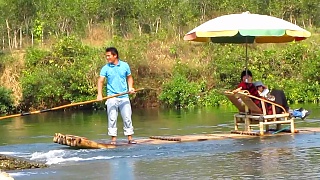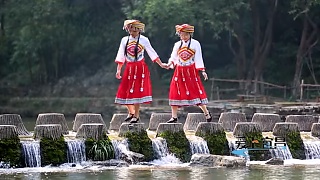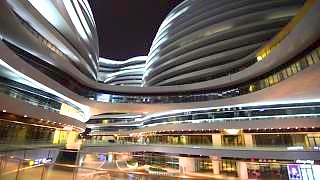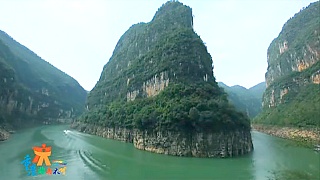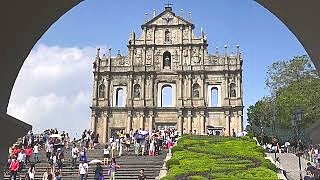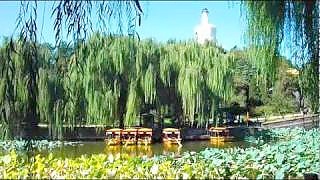
|
Part 1 : BeiHai Park, the Beijing Botanical Garden, the Confucius Temple, Ditan Park, the Minorities Ethnic Culture Park (Minzu), the Forbidden City, the Great Wall (at Badaling), JingShan Park, ZhongShan Park
Part 2 : the Temple of Heaven, Tian'AnMen Square, QianMen, the Birds Nest national stadium, QianHai, PanJiaYuan, LiuYin Park, QingNianHu Park, RiTan Park, LianHuaChi Park, LongTan Park, NanLuoGuXiang and the Beijing Botanical Garden
Part 3 : the Summer Palace, YuanMingYuan, XiangShan Park, TuanJieHu Park, XuanWu Park, Yuan Dynasty DaDa City Wall Park, YongHeGong Lama Temple and ZhongGuanCun, XiDan, CBD, ChongWenMen New World Center ice rink
|






 The Three Gorges õĖēÕ│Ī of the YangTze River ķĢ┐µ▒¤
The Three Gorges õĖēÕ│Ī of the YangTze River ķĢ┐µ▒¤
